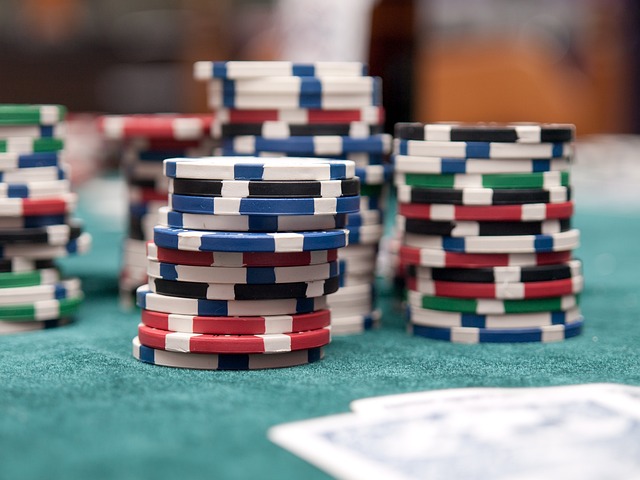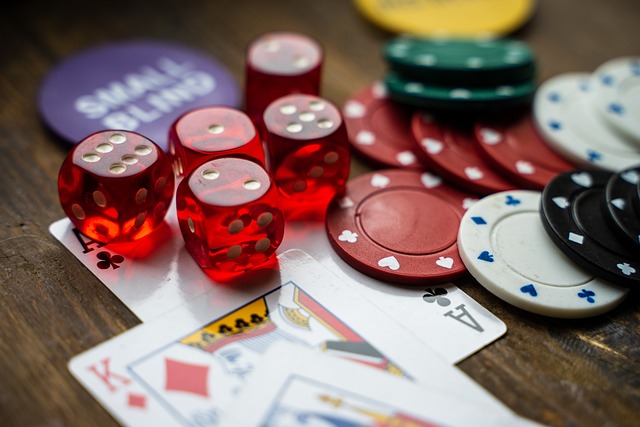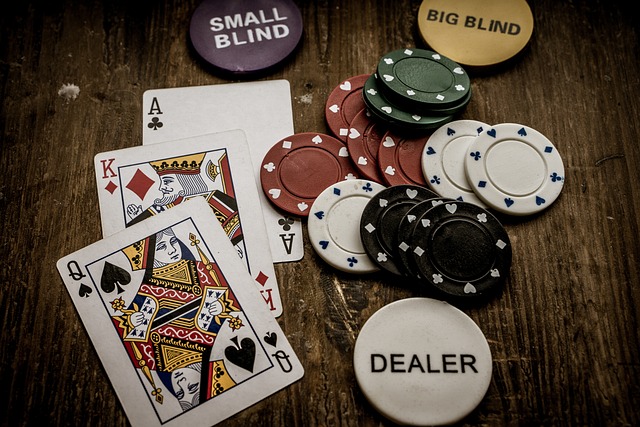In Texas hold’em, you start with TWO face down cards. Five so-called community cards are dealt on the table, which are shared by all the players.
It is played with two blinds small and big paid by the players respectively. one and two spaces to the left of the dealer. Small blind is half the minimum bet, while big blind is equal to the minimum bet. If you play with spread limit at a $3/$6 table, the small blind is $1½, while the big blind is $3.
First bidding round
You play with the poker messages Bet, Call, Raise or Fold. Third player after the dealer starts to announce.
The bet and call stakes are in the first and second bidding rounds in games with Limit on the minimum stake. At is 3/6$ table, that means at 3$. The raise bet is an additional $3. You cannot check in the first round and usually only raise three times.
All remaining players must pay an equal amount to the pot before the round ends.
Three community cards are turned over. The players share the cards.
Second bidding round

Just like the first, except that now you can also check. First remaining player after the dealer posts with a message.
Fourth community card is turned over.
Third bidding round
It is played with all the messages check, bet, call, raise and fold. First remaining player after the dealer folds.
In limit games, the bet and call stakes in the third and fourth betting rounds are the maximum stakes. At a 3$/6$ table, that is 6$.
Fifth community card also called the river is turned.
Last bidding round

It is played as in the third bidding round.
Showdown: In Texas hold’em, one’s hand can consist of five community cards, one closed card and four community cards or two closed cards and three community cards. The “house” (the owner of the venue) usually takes a small part of the pot – the so-called Rake.
